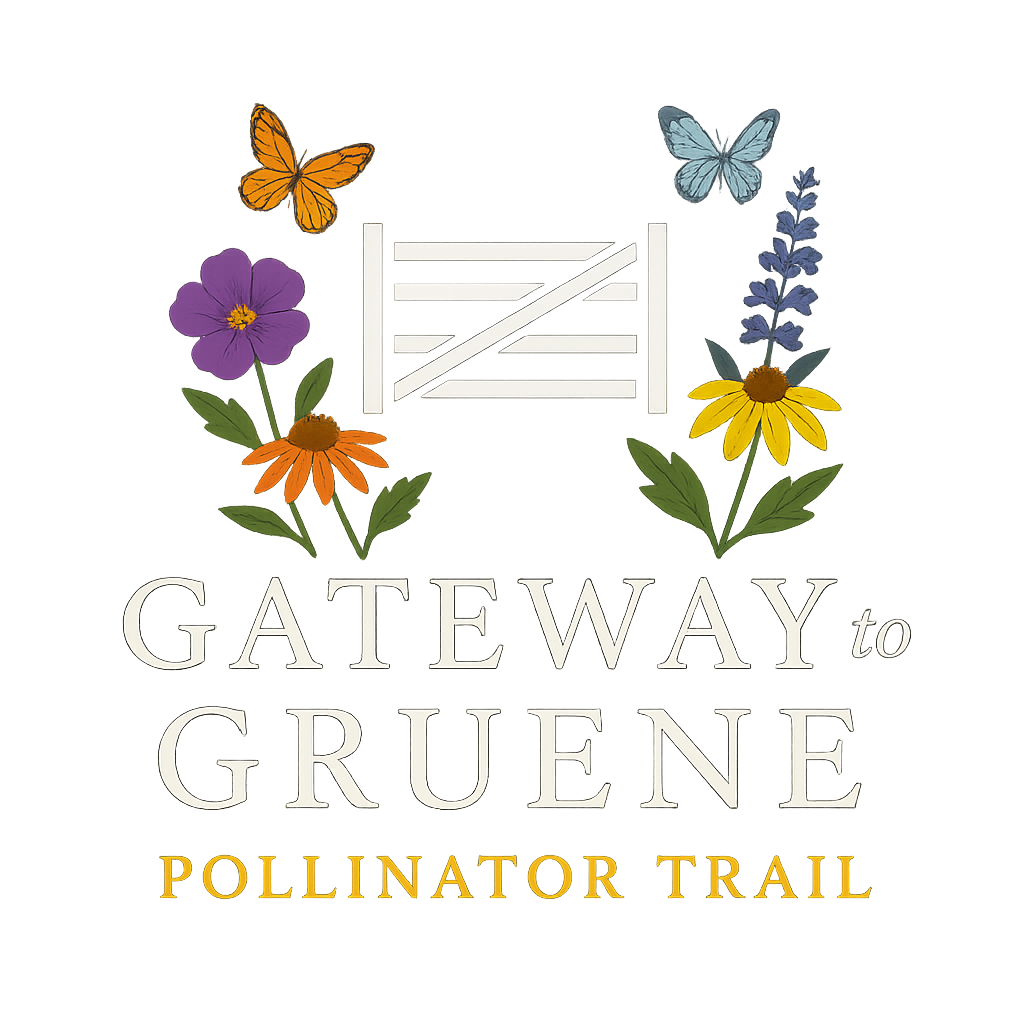Species Profile: Henry Duelberg Sage
Common Name: Henry Duelberg Sage
Scientific Name: Salvia farinacea ‘Henry Duelberg’
Location: A cultivar of the native Mealy Blue Sage (Salvia farinacea), which is native to Texas and northeastern Mexico. Thrives in Central Texas gardens, prairies, and roadsides, preferring full sun and well-drained soils.
Mating Habits: Reproduces by seed and vegetative growth. Pollinated primarily by bees, butterflies, and hummingbirds, with its long spikes of flowers providing easy access to nectar.
Seasonal Habits / Bloom Time: Blooms from spring through fall (March to November), often peaking after rain. In warm winters, it may produce sporadic blooms year-round.
Ecological Relevance: Highly valuable for supporting pollinator diversity, offering nectar to honeybees, native solitary bees, butterflies, and migrating hummingbirds. Its extended bloom period helps sustain pollinators across multiple seasons.
Interesting Facts:
Named after Henry Duelberg, a Texas gardener who popularized the cultivar.
Very drought-tolerant and low-maintenance once established.
Produces tall, showy spikes of deep blue to violet flowers.
Wildlife Associations: Attracts hummingbirds, Monarchs, Queens, and numerous bee species. Serves as a vital nectar source during migration and hot summer months.
Conservation Note: Excellent for pollinator gardens, native plant landscapes, and water-wise gardening. Plant alongside other salvias and native perennials to ensure continuous blooms and pollinator support throughout the year.

